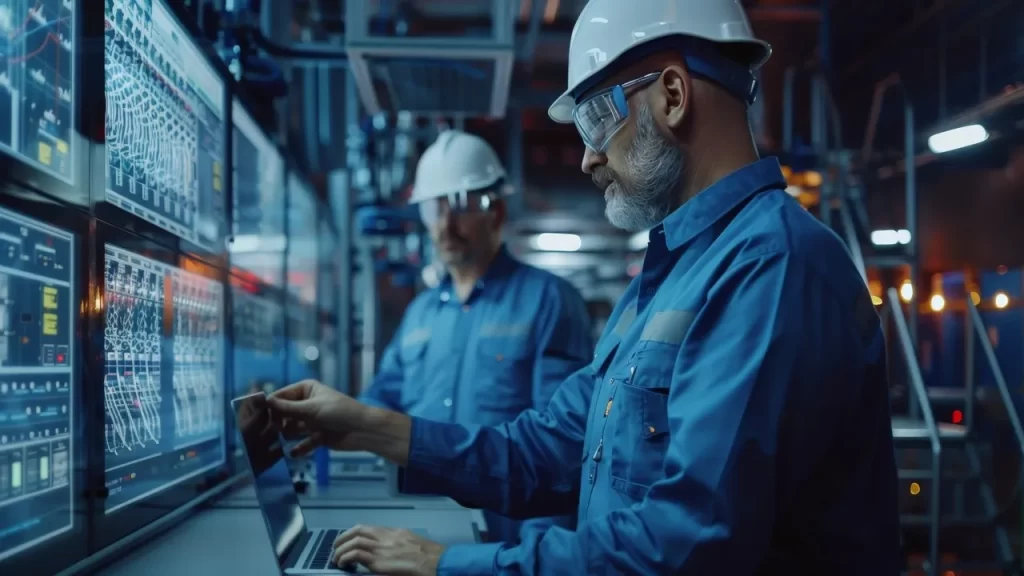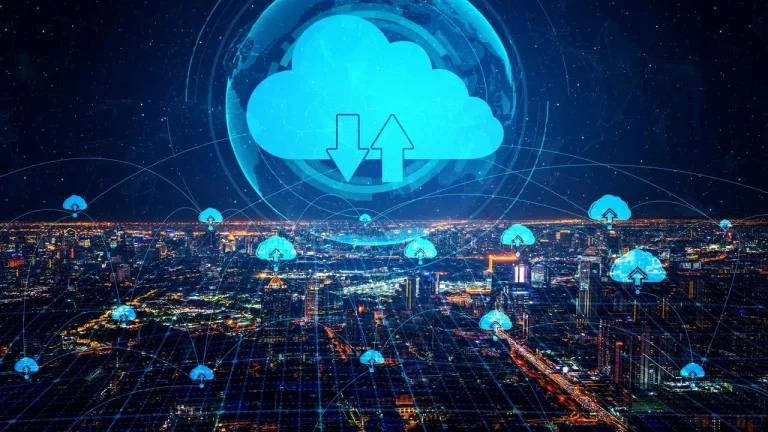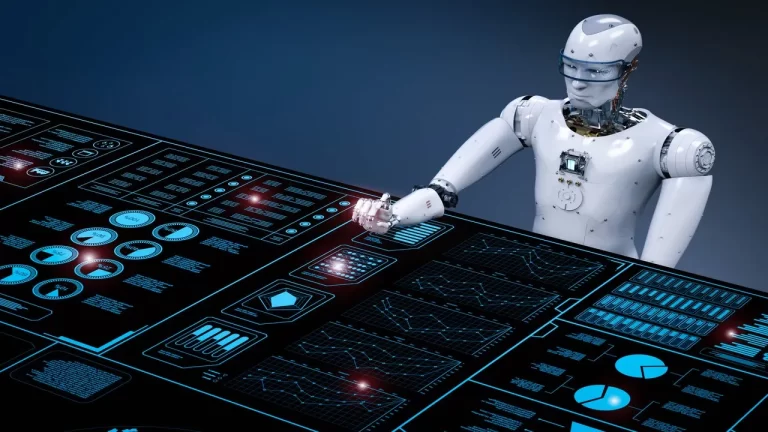Electric companies in the U.S. are getting big requests for power from tech companies that want to build new data centers. Artificial intelligence (AI) and cloud computing are driving the need for these centers. Some requests are so large that they go beyond what the electric companies can currently provide to all their homes and businesses combined.
This shortage of electricity is causing major problems. If utilities don’t build enough new power sources, it could lead to blackouts. But if they build too much and tech companies cancel projects later, then customers may end up paying higher bills. It’s a tough balancing act, and power companies are asking for better planning and clearer communication from tech firms.
The surge in power requests from tech giants overwhelms utilities
Tech giants, including Microsoft, Google, and Amazon are contacting many power Big Tech companies at the same time, asking for huge amounts of electricity. Sometimes the same project is submitted to multiple power providers, making it look like there is more demand than there is. This confuses the utilities and makes planning more difficult.
To deal with this some states like Pennsylvania, are thinking about creating a central system where all data center power requests are tracked. This would help electric companies know which projects are serious and which are just exploring options. It could save time and money and help prevent energy problems in the future.
Record 32% of global electricity supplied by renewables in 2024
In 2024, renewable energy sources with wind, solar, and hydro provided 32% of the world’s electricity. This is the highest ever and shows that clean energy is becoming more common. The increase happened even as global electricity use grew, thanks in part to data centers and electric vehicles.
This is a good sign for the environment. Using more renewables helps lower pollution and slows down climate change. Experts believe this trend will continue, especially as more governments and companies invest in green energy to meet their climate goals.
Dutch grid operator deploys 9 GW in off-peak contracts to ease congestion
The Netherlands has been struggling with power grid congestion, which means too lots people or companies want electricity in the same area at the same time. To help fix this, the Dutch grid operator TenneT made special deals with energy users to shift their usage to off-peak times when the grid isn’t too busy.
These deals have made 9 gigawatts of power capacity available again. That’s enough to power millions of homes. It also means new businesses like data centers can now be connected without overloading the system. This is a clever way to use the power grid better without the requirement to build a lot of new equipment right now.
Gartner predicts 40% of AI data centers will face power shortages by 2027
By 2027, a lot of AI data centers might have power difficulties, says tech research company Gartner. These centers need a lot of electricity to run strong computers as AI keeps growing. But the power supply might not grow fast enough to keep up.
This could limit the growth of AI technologies and delay new services. Companies may need to think more about energy use when designing AI systems. Governments and utilities also need to plan now to avoid future shortages and make sure the grid is ready for AI’s power demands.
Rising costs and efficient AI models may reduce future electricity needs
Building data centers is getting pricier. The cost of installing one MW of power for a data center ranges between $12 million and it’s still escalating because of inflation, high interest, and costs of materials among others. This is leading to the slowing or halting of transcription-related projects in some of the technology companies.
However, new types of AI models might help lower power needs. For example, models like DeepSeek use fewer chips and still perform well. This means they don’t need as much power or cooling, which could mean less electricity use in future data centers. More companies using these efficient models might ease the pressure on power systems.








